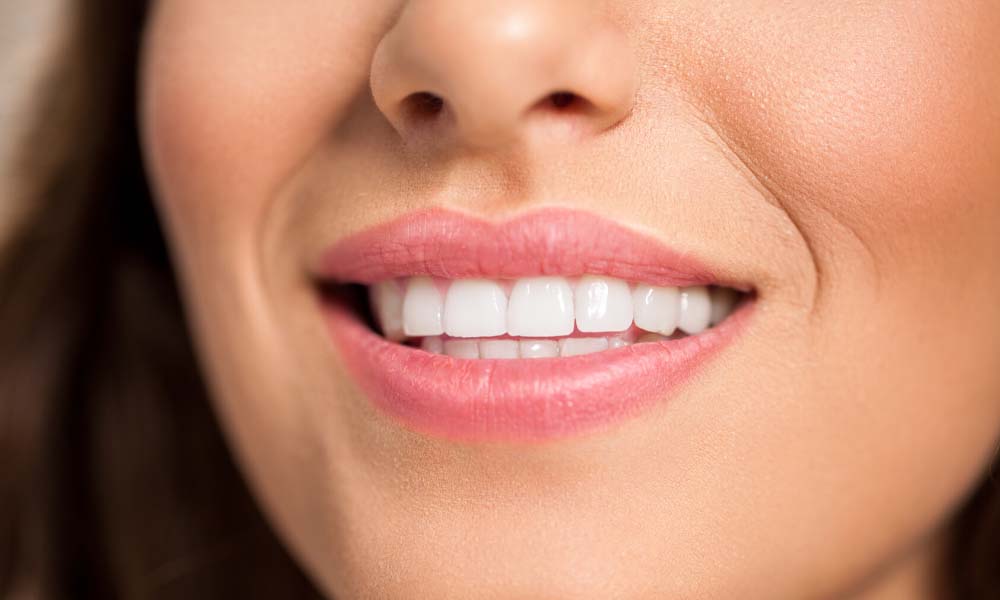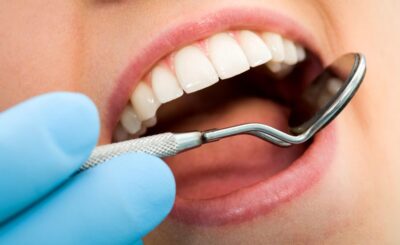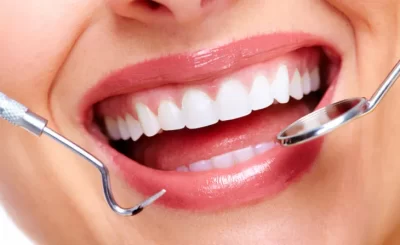Diastemas, or spaces between teeth, are a frequent dental condition that can affect both adults and children. Some may feel self-conscious about their looks, while others may see their gaps as a distinctive trait. Making educated decisions regarding their oral health may be facilitated for Regency, Omaha residents by having a thorough awareness of the causes, remedies, and prevention of diastema. This page examines the several facets of dental gaps, providing information on their consequences and viable solutions given by dentists in Regency Omaha.
Gaps Between Teeth Causes
Many reasons can result in gaps in teeth. Knowing the root is important to identify what requires further treatment. Common causes include:
1. Genetics:
Gaps between two teeth could be passed down through generations. This means if your parents or siblings suffer from having gaps in their teeth you are also more likely to come across diastema problems as well. The size of your teeth as well as the jawbone can depend on genetics, and both factors come into play in creating gaps.
2. Mandibular Size Discrepancy
Gaps between jaw and teeth due to larger jaw bones / smaller set of teeth. This disparity generates openings that obstruct the correct alignment of teeth.
3. Missing Teeth:
Teeth can begin to shift causing gaps when a tooth is lost due to extraction, traumatic injury, or congenital absence. The space created can have an impact on the overall alignment of your teeth.
4. Frenulum Attachment:
When a large or misplaced piece of tissue called the labial frenum (the band connecting your upper lip to newly erupted teeth and/or the gums) goes all the way down between two front teeth, it can cause a gap in these permanent teeth.
5. Habits:
Thumb sucking, tongue thrusting or use of a pacifier for too long also places pressure on the teeth and causes them to move resulting in spaces.
6. Periodontal Disease:
If not addressed, gum disease can tear down the supporting foundation of gums and bone around your teeth potentially causing mobility and spaces between them. Prompt treatment is necessary to avoid any complications from arising.
The Gap Between Your Teeth and What It Implies

Even when spaces between your teeth are not detrimental to your health, they may be functional and aesthetic concerns.
1. Aesthetic Concerns:
If the gaps are significant and near to the front of your mouth, it would be wise for one who has misaligned teeth that knock his self-esteem down a bit by hiding away due to embarrassment.
2. Speech Issues:
Spaces can influence speech struggles with pronunciation and articulation. This is especially the case if those gaps are between your front teeth.
3. Bite Problems:
Missing teeth can cause the teeth to grow misaligned, causing mouth overbites or underbites (malocclusions) on chewing. This can sometimes lead to jaw pain or discomfort and might wear the teeth unevenly
4. Food Trapping:
The spaces that are created by obvious gaps between teeth trap food particles and so the risk of cavities and gum disease are increased when oral hygiene is not properly performed.
There are gaps in the teeth called diastema which can appear due to other factors like genetics, habits, etc. It is important to understand what causes these gaps and how this will affect the most appropriate treatment. There are many different treatments available to help residents from the Regency, Omaha area correct their smiles and improve alignment including orthodontics, dental bonding, or veneers. As long as you follow these tips to improve your oral hygiene, treat bad habits early, and ask for professional advice in time, gaps will not haunt you unnecessarily. If you are embarrassed by gapping teeth, speak with a dentist in Regency Omaha about what treatment is right for your smile.








